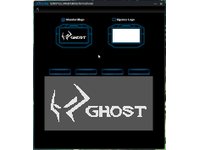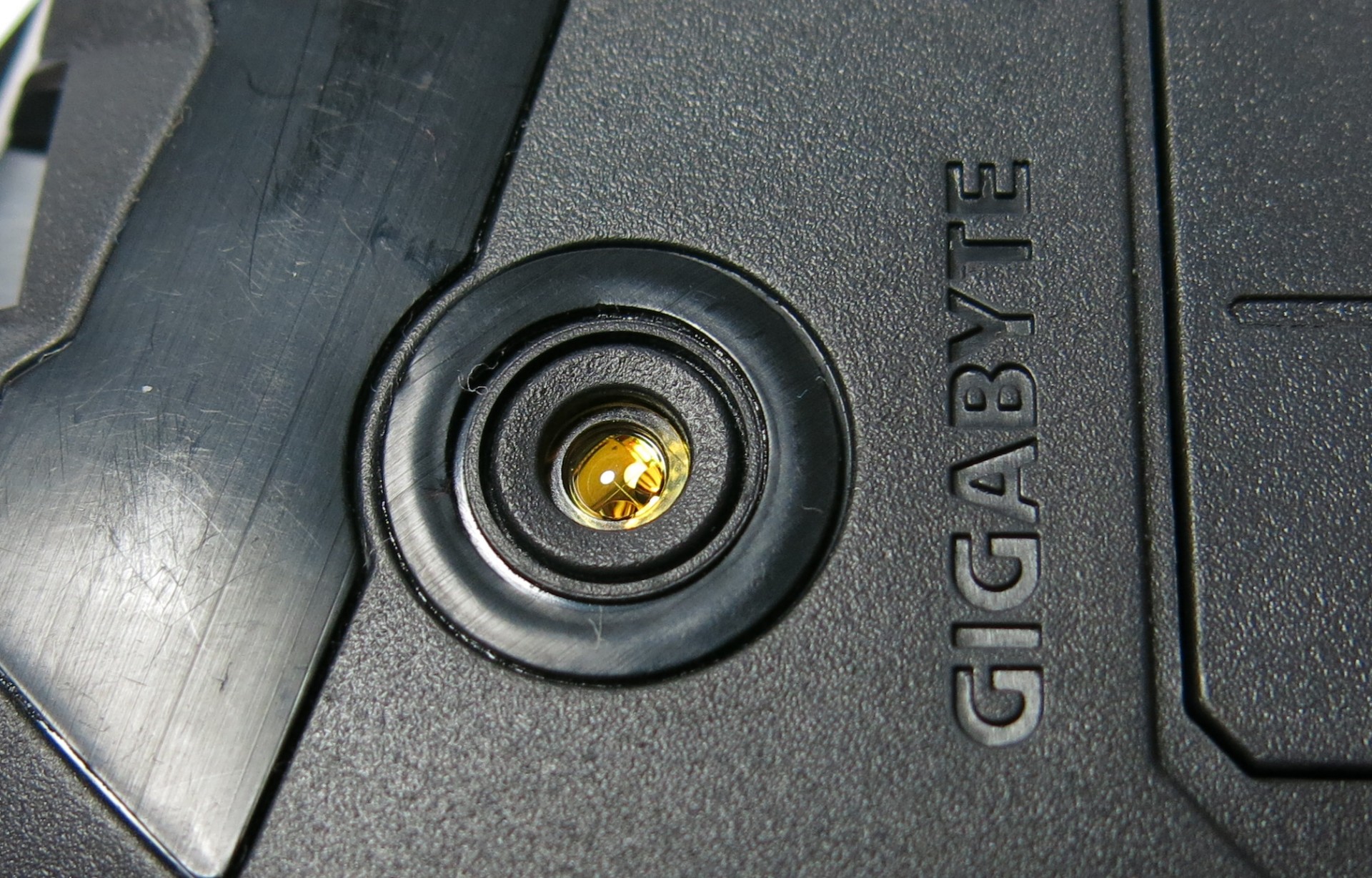Gigabyte Aivia Uranium Wireless Gaming Mouse Review
Gigabyte's Aivia Uranium wireless gaming mouse is certainly a bit different. It might not be the ideal peripheral for all enthusiasts. However, there are those who will undoubtedly consider this feature-rich mouse to be everything that they need.
Sensor And Software
Sensor
Like some other premium-priced mice, the Aivia Uranium uses Philips' Twin Eye PLN 2032 sensor with a maximum DPI of 5600. Gigabyte opted against the current crop of Avago products with their insanely high maximum DPI ratings. A resolution of 5600 is more than enough, since the target audience of low- and medium-sensitivity gamers typically don't need more. This mouse is too heavy for professional high-sensitivity gamers anyway.
This sensor's much-lamented z-axis bug (random mouse pointer movements when lifting the mouse) has been taken care of by now, and Gigabyte's Aivia Uranium has no problem with being lifted and set back down. It can also be used on rough textile surfaces without pausing or jumping. The mouse’s sensor technology is as current and modern as it gets, especially since there is no acceleration add-on to spoil its performance.
You'll want to set the sensor's DPI to 800, 1600, 3200, or 5600 to avoid interpolation errors. It’s a real dual-lens sensor; those lenses are positioned next to each other, which differs from the Avago sensors that have them situated behind each other and colored slightly yellow to compensate for the effects of light scattering.
Software and Configuration
The included software features the Ghost macro engine and is self-explanatory for automating certain tasks. Consequently, we’ll just present a number of screenshots. The main menu for the profile-independent settings is first.
All settings can be reached from this main menu, including the options to update the software online, which we like a lot, and the option to reset the memory.




It’s easy to change the sensor’s resolution, the mouse wheel’s sensitivity, the DPI levels, the polling rate, and the more unique functions like setting one’s own logo for the display’s screen saver.




Profile Management and Button Configuration
A total of five different button profiles are available and can be activated through the click of a button.
Get Tom's Hardware's best news and in-depth reviews, straight to your inbox.
On this page, the functions of each button are freely configured. Profiles can be set up independently and can thus be completely different.
Overall, the software behaves both maturely and stably.
Current page: Sensor And Software
Prev Page Charging Station Next Page A Unique Mouse For Low- And Medium-Sensitivity Gamers
Igor Wallossek wrote a wide variety of hardware articles for Tom's Hardware, with a strong focus on technical analysis and in-depth reviews. His contributions have spanned a broad spectrum of PC components, including GPUs, CPUs, workstations, and PC builds. His insightful articles provide readers with detailed knowledge to make informed decisions in the ever-evolving tech landscape



